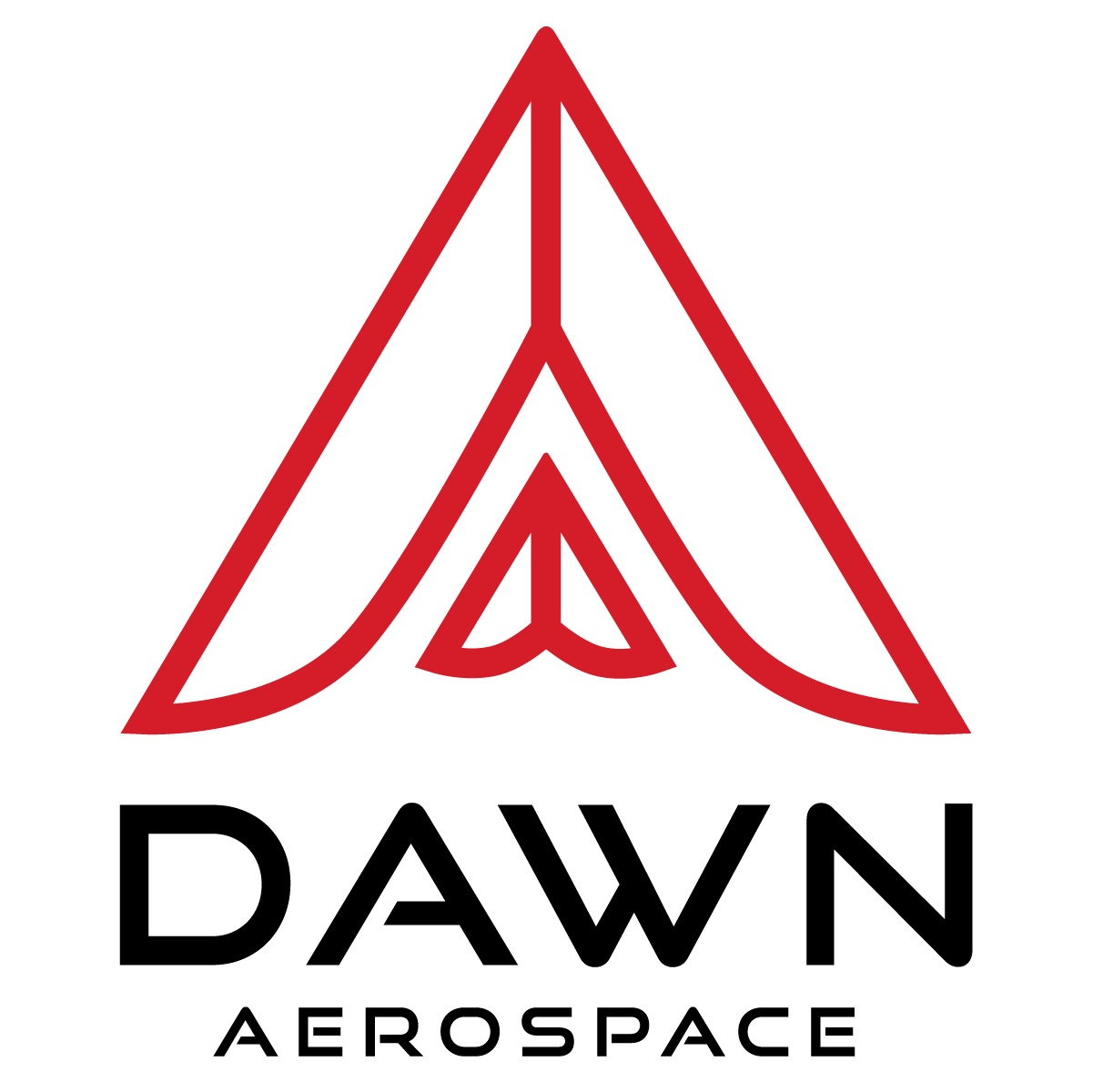Dawn Aerospace awarded €1.4M by EU Commission for hydrazine-replacement programme 🇪🇺
Dawn Aerospace has been awarded €1.4 million from the European Commission to help develop its transformative ‘green’, in-space propulsion technology.
The grant will contribute to Dawn’s continued investment in hydrazine-replacement technology. The propulsion technology will have the size and performance of a hydrazine-based system, but without the toxicity, supply chain or regulatory risk. There is currently no other option on the market that is gaining commercial traction to replace hydrazine, which in 2011, was classified by the European Commission as a substance of very high concern.
The European Innovation Council’s (EIC) Accelerator programme, which awarded the grant, supports innovative European companies on their way to greater commercial success.
Dawn Aerospace CEO Stefan Powell says the company’s goal is to build scalable and sustainable space technology that enables the next generation of space transportation.
“As it currently stands, hydrazine is a major pain point for existing space users, and an insurmountable barrier for many would-be space ventures,” he says.
The European Commission is considering banning hydrazine by classifying it within REACH — Registration, Evaluation, Authorisation and Restriction of Chemicals. According to a 2017 SpaceNews article, restricting hydrazine could lead to a €2 billion per year problem for the European space industry.
Dawn Aerospace co-founder and Chief Revenue Officer Jeroen Wink says with Europe preparing to ban hydrazine, now is the time to further develop this green technology. “We were recently awarded a project by the European Space Agency (ESA) where the central requirements of that tender were that propellants were REACH compliant and not hydrazine,” he says. “Green alternatives are now taking precedence.”
While other green alternatives to hydrazine have been proposed over the years, commercial traction has been limited due to high costs, performance and logistic limitations. Dawn is under contract to produce more than 200 thrusters this year for commercial clients. The company’s green bi-propellant technology is on track to become the second most prolific chemical propulsion type in orbit, after hydrazine.
Dawn’s expertise is leading to work on much larger spacecraft, including GEO satellites, GTO to GEO transfer vehicles, as well as lunar and Mars insertion systems. The company has secured contracts with several SmallSat constellation builders, including Blue Canyon’s X-SAT Saturn-class satellites, Pixxel's hyperspectral imaging constellation and the Indonesian Space Agency's (LAPAN) early-tsunami warning constellation.
About Dawn Aerospace
Based in the Netherlands, New Zealand, and the United States, Dawn Aerospace’s mission is to enable the next generation of space users by providing dramatically more scalable and sustainable ways to access and move around in space. It is now a leading supplier of turnkey green propulsion systems for NanoSat, MicroSat, ESPA, and ESPA Grande-class satellites. Dawn is also active in reusable launch vehicle development, with an active test flight programme of the Mk-II Aurora spaceplane demonstrator, with 25+ flights complete.

